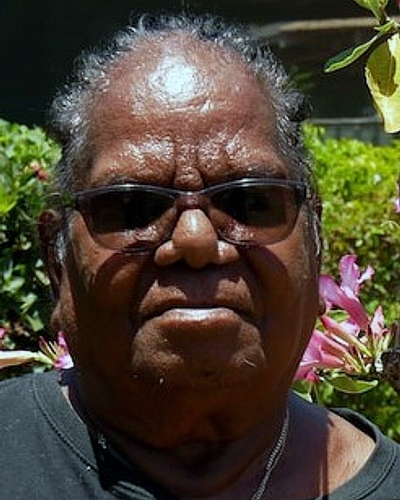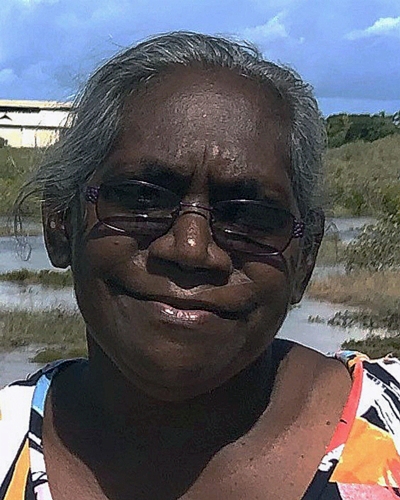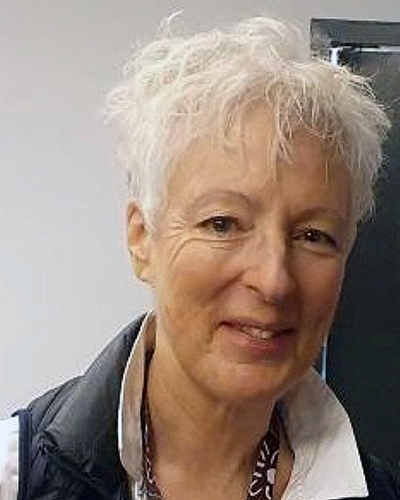Now published, see the full article 
Early Abstract:
Australia’s national clinical practice guidelines recommend intramuscular (IM) penicillin every 28 days for persons diagnosed with an initial episode of acute rheumatic fever (ARF). This antibiotic coverage is initiated to reduce recurrent ARF episodes by preventing repeat infections with the causative bacterium, Group A Streptococcus (GAS). Because disease has already occurred, this regime is known as secondary prophylaxis (SP) in order to prevent more episodes of ARF known as recurrences. In 2020, eight authors shared with readers of the Journal their experience of introducing off-label an oral, centrally acting, alpha agonist sedative to the prescribed SP regime of IM penicillin for each of three Aboriginal children previously diagnosed with ARF. The living environments of the three children increased their risk for repeat GAS infections and subsequent recurrences of ARF. We find their clinical case report perpetuates a troubling academic tone about this singular priority for SP. Injecting a child with IM penicillin appears to supersede all other objectives. Off-label sedation in remote settings is legitimised in order to succeed in this imperative. Those articles that peer-reviewed medical journals choose to publish privilege directions for priorities, policy and practice. In this commentary, we present alternative perspectives and initiatives for consideration.



